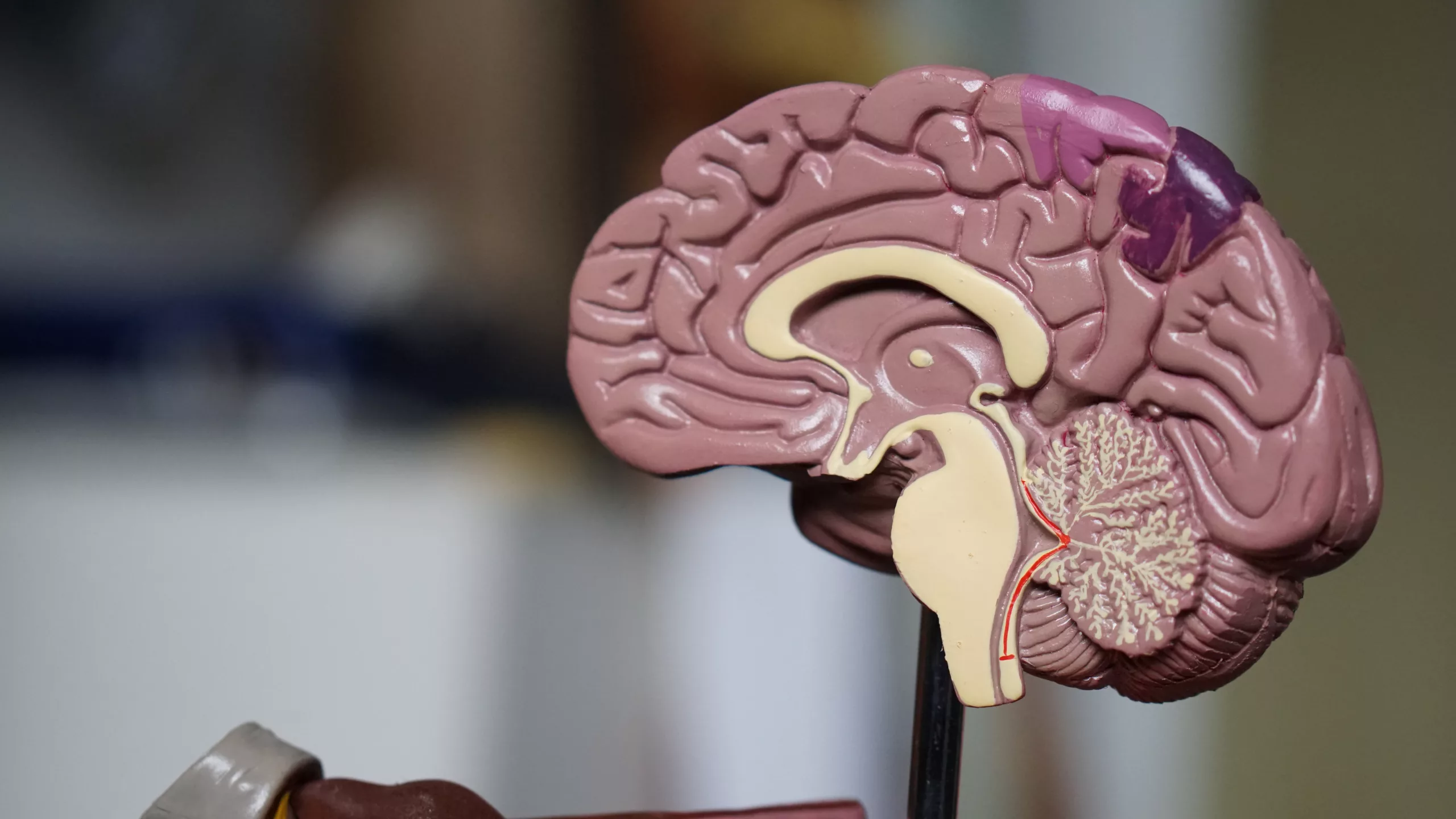New research is revealing the complexities of the gut-brain relationship. Robina Weermeijer via Unsplash
‘You are what you eat’. This phrase has been used idiomatically since nutritionist Victor Lindlahr brought it to the attention of the public in 1942. While these days it is often used to dissuade us from eating that third chocolate bar, the question remains: to what extent do our eating habits dictate our state of mind and our health?
Have you ever wondered why you are always told to “trust your gut”, or why you have the sensation of “butterflies in your stomach”? Recent studies have shown a direct connection between the gut and the brain via the vagus nerve (the 10th cranial nerve) demonstrating that the food you eat directly impacts your brain chemistry.
The gut-brain axis
The gut is known to act as a second brain. “Gut feelings” are not figurative; there is bidirectional communication between the gut and the brain, connecting our central and enteric nervous systems.
The gut refers to the gastrointestinal (GI) system and is a series of hollow organs, comprising the mouth, oesophagus, stomach, small intestine, large intestine, and anus. Enteroendocrine cells are specialised cells of the GI tract that act as chemical sensors. When stimulated by nutrients, they trigger a release of hormones that regulate appetite. Until 2014, a complete account of the enteroendocrine cell structure did not exist. Diego Bohorquez and his colleagues at Duke University sought to resolve this structure using novel microscopy methods. Their images revealed neuronal structures on the basal side of intestinal enteroendocrine cells, which were termed neuropods, suggesting an alternative connection between the brain and gut.
Prior to this discovery, the accepted theory was that the transmission of information from the gut to the brain was only through the blood and not through direct enteroendocrine cell-nerve contact. In 2015, Bohorquez and colleagues used a monosynaptic rabies virus to determine that neuropods provide a direct physical synaptic connection between the enteroendocrine cell and neurons innervating the small intestine and colon.
In 2018, the same group proved that enteroendocrine cells synapse onto vagal neurons, allowing for the transmission of gut signals to the brain in milliseconds. Bohorquez et al. mentioned that appetite regulation is generally spoken about in terms of minutes to hours, however with the discovery of these neuronal connections, we are now talking about a matter of seconds.
Later experiments on mice found that their preference for different foods, such as sugar and sweetener, depends upon neuropod cells. These cells rapidly transduce signals onto the vagus nerve and are transmitted to the brain using alternative pathways and neurotransmitters for each type of stimulus. This communication was absent when sugar was added to the vagus nerve alone, suggesting that the message originated in the neuropod cells.
Once the signal reaches the brain it activates reward centres, inducing the release of dopamine—a neurotransmitter involved in reward-motivated behaviour. Intriguingly, even in the presence of a sweet taste receptor inhibitor in the mouth, there is still a preference for the mouse to consume sugar rather than a sweetener. This leads us to believe that it is the gut neuropod cells that drive us to increase our sugar intake. Manipulation of these neuropod cells to guide nutritive choices has not yet been explored but could have future implications in the treatment of chronic diseases such as obesity.
Gut microbiota
Within our body we each have between 10 and 100 trillion symbiotic (friendly) microbes, such as bacteria, fungi, and viruses, which constitute the microbiome. The gut microbiota can profoundly affect human health; they assist in protection against pathogens, regulate immune function, harvest energy from digested foods, protect the gut epithelium, and even produce signalling molecules. When out of balance, a process called microbiota dysbiosis, it can take a toll on our physical, and even mental, health. This is because the gut microbiota can interact with the neuropod cells and therefore affect the brain directly via the vagus nerve through the process Bohorquez and his team had described. This influences the hypothalamic and limbic regions within our brain—areas which can affect our emotions and well-being.
As well as this direct connection, the gut and brain are also connected through neurotransmitters (NTs). The gut microbiota cells can produce NTs which can affect our mood. NTs such as serotonin contribute to feelings of elation, whereas gamma aminobutyric acid (GABA) helps control feelings of anxiety. This indirect connection, if imbalanced, can affect an individual’s overall mood throughout the day.
Food and mood
The gut microbiota is directly affected by the foods we eat. Why is this important? Well, the gut microbiota can break down our food into components that modify immune cells, and since the gut is the largest immune organ in the body, it affects the body’s overall inflammatory state. This is an issue because patient studies show that individuals with major depression have higher amounts of inflammatory markers and lower amounts of anti-inflammatory cytokines.
Depression is a complex disease; an imbalance within our gut microbiota can influence an individual’s mental health. Several studies have observed a reduction in depression risk in individuals with diets high in fruits, vegetables, and fibre. It has also been discovered that transplantation of gut microbiota from depressed humans into rats was enough to produce depressive and anxious behaviour. Diet adjustments may need to be considered alongside standard therapies for depression to provide the brain with a healthy environment to heal.
Cultivating a healthy gut microbiome
The National Institutes of Health’s (NIH) US-based Human Microbiome Project was a large-scale project assessing implications of various microbiome compositions on health and whether there are identifiably “healthy” make-ups. It was found that exposure to different environments and foods as a child allows for a unique microbiome to develop in each person. The dysregulation of this make-up, due to factors such as poor diet, increased workload/stress, or lack of exercise, is linked to chronic disorders like irritable bowel syndrome, vascular disease, and mental illness.
Modification of the microbiome to improve the quality of the gut-brain connection has yet to be adopted in a clinical setting. New techniques and mechanisms are being explored to combat this. This includes increasing the diversity of the microbiome, which has been demonstrated by Sung-Ha Lee and colleagues, to promote mental health.
The gut-brain connection is proving to be an important consideration when making decisions about what we eat. Knowing the consequences of our minor everyday choices can give us a chance to listen to our bodies and take complete control of our health. Providing your gut with a healthy environment will allow it to thrive and support your body in the way it needs to—after all, ’you are what you eat’.





